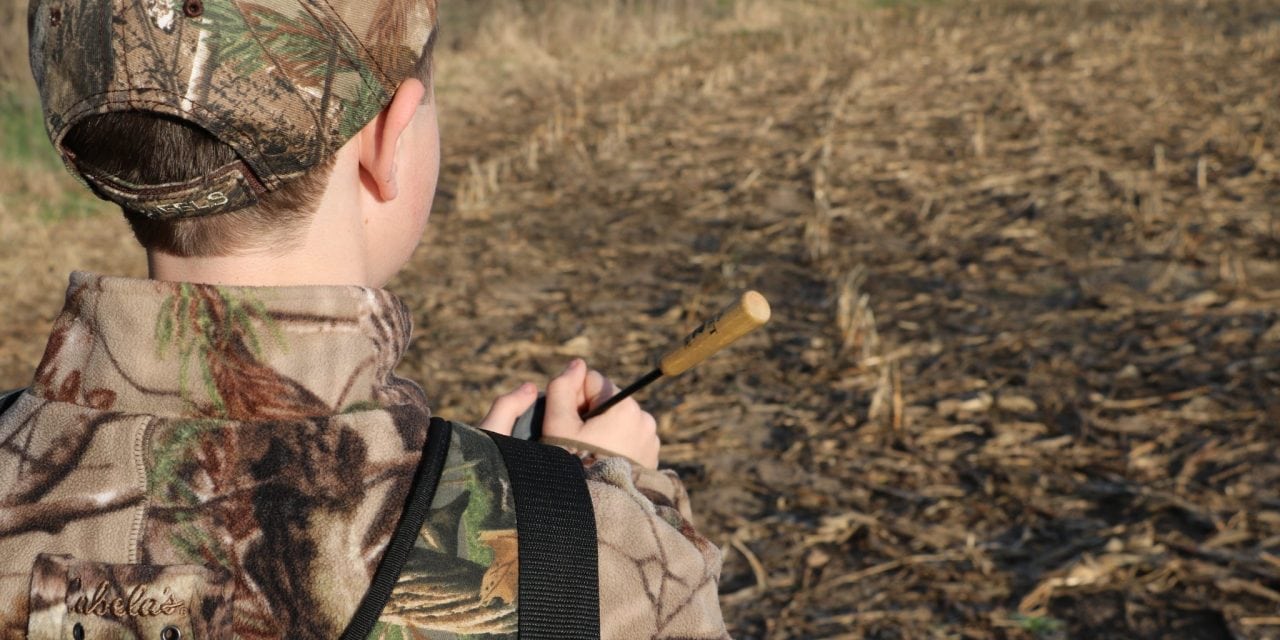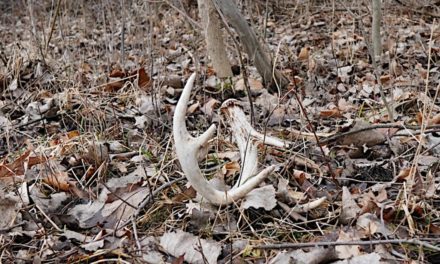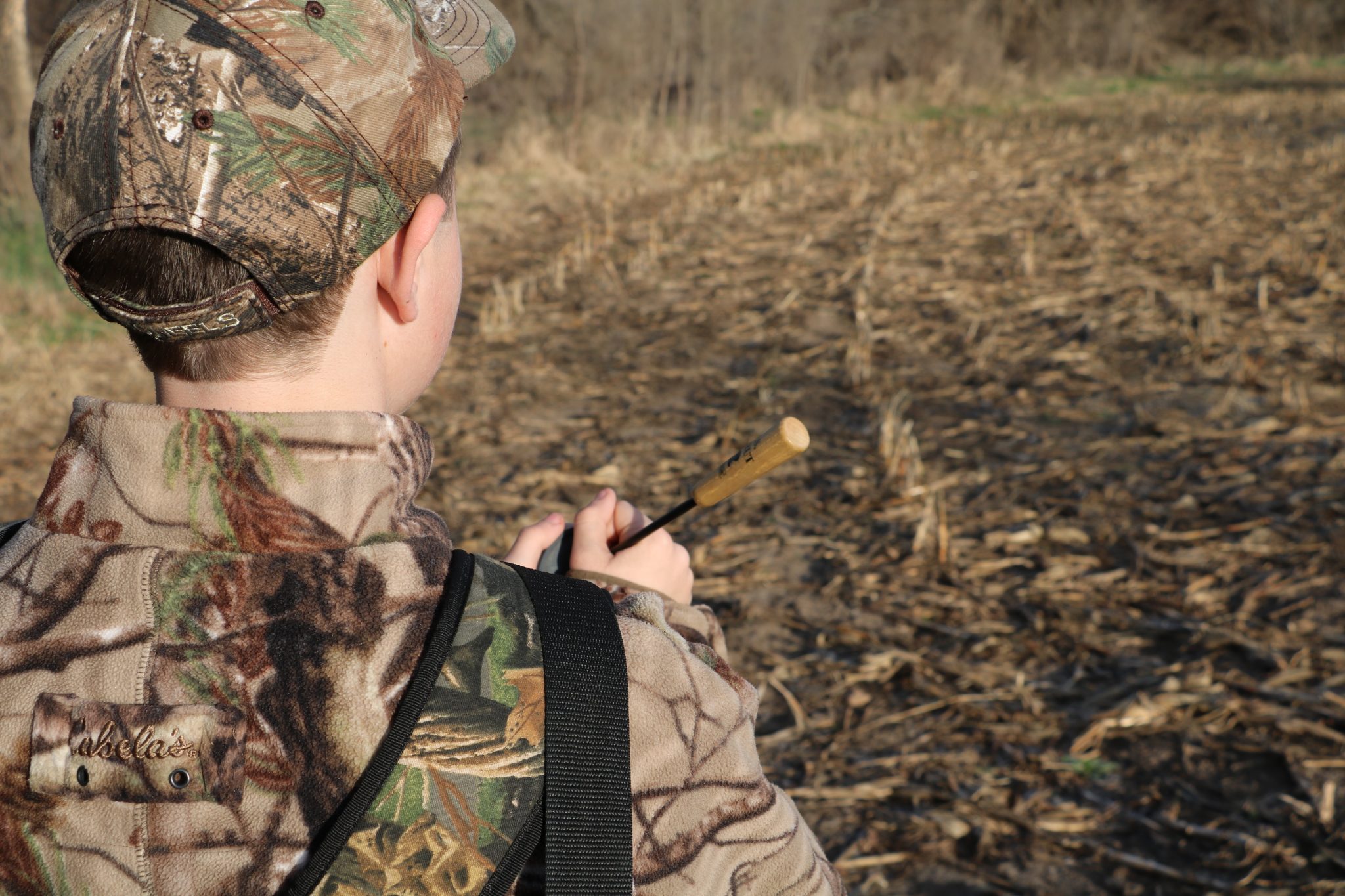 We still call them ‘slate-calls’ though the surface of many of these turkey calls nowadays are glass, aluminum or some other material. And again this spring, thousands of gobblers in Nebraska will give testament to their effectiveness – when in the right hands.
We still call them ‘slate-calls’ though the surface of many of these turkey calls nowadays are glass, aluminum or some other material. And again this spring, thousands of gobblers in Nebraska will give testament to their effectiveness – when in the right hands.
The beauty of the slate-call is first and foremost that they produce some of the truest turkey talk a hunter can make. Sometimes sounding even better than the real deal.
Secondly, they are the model of versatility. Being able to give you the loudest, raspiest come-hither cutts and then instantly be toned down to dole out the sweetest purrs that ever made a grown gobbler drool.
Finally, with just a little practice, and some quick pointers, most of us can be making hen music on a slate-call, in little to no time. Here’s some of the top calling tips:
- Be sure your call and striker are prepped. Friction is key when using this type of call.
- Hold the striker like a pencil, angled slightly away from you as you drag it towards you across the surface of the call.
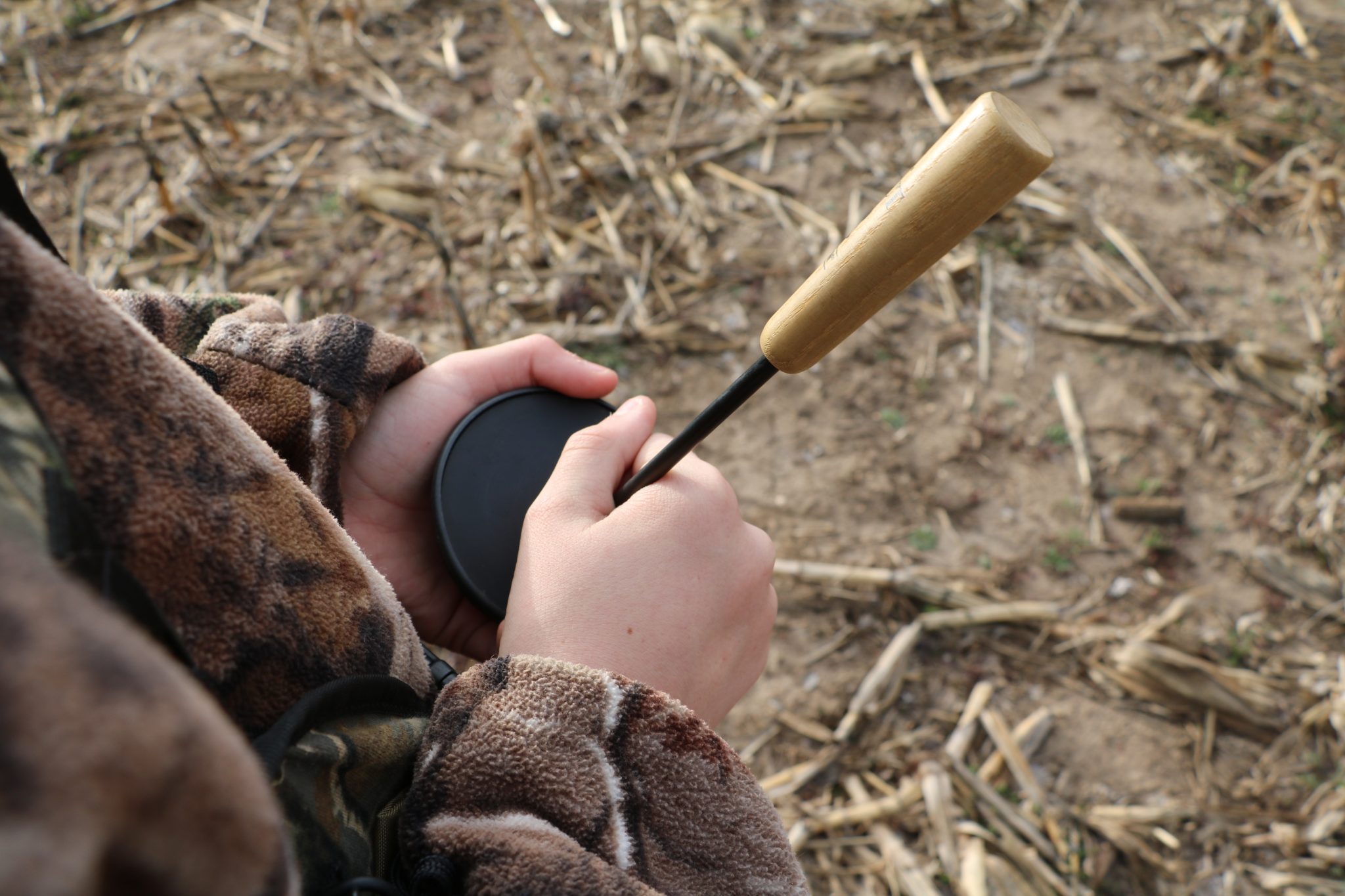
YELPS:
– Sweet yelps come easily when you trace small, tight circles on the call surface.
– Raspy yelps happen when tracing longer ovals and adding a bit more pressure as you hook the first curve
CLUCKS:
– Soft clucks require less pressure than you think. You need just enough to barely skip the striker across the surface in straight lines about an inch long.
– Loud clucks mean more pressure and some popping motion in that same straight line
PURRS:
– Purrs are also made in slightly longer straight lines. Dragging the striker ever so slowly to get just the right vibrations to sound like a content cat.
– Purrs are killer. Learn to purr. Practice to purr. Purr often. When bored purr in ‘S’ curves
Surfaces & Strikers:
– True slate surfaces often give the cleanest and sweetest of hen music. Few things can compare to the purrs from a true slate surface.
– Aluminum surfaces are often the king of rough and raspy. These things can reach out and rile up the most disinterested turkeys.
– Glass surfaces run the gamut. Based on type and hardness. Some of the better raining day calls have glass.
– Change your striker – change your sounds. Lots of options here. Generally, woods are mellow – especially the softer they get. Graphite/carbon are downright raunchy sounding and great in the rain. Use your preference or match the hens in your hunt area.
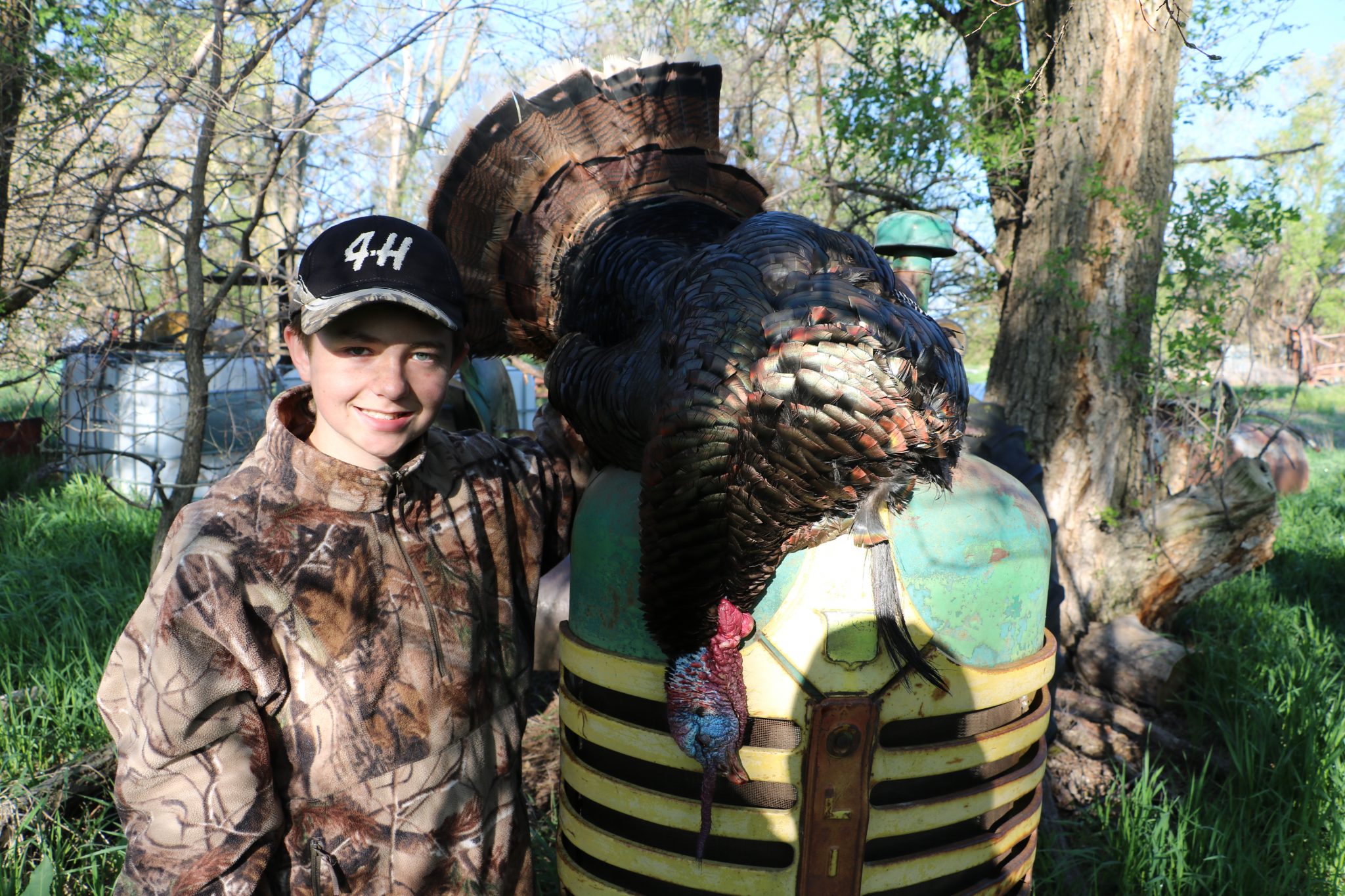 Need to mention that slate calls slip right into your pocket or pouch and weigh next to nothing. Which is good because taking a slate call into the field this spring can mean having to carry a big ol’gobbler out.
Need to mention that slate calls slip right into your pocket or pouch and weigh next to nothing. Which is good because taking a slate call into the field this spring can mean having to carry a big ol’gobbler out.
** Check out more calling how-to with this video. **
hershy
The post Slate – Gobbler Callin’ Refined appeared first on NEBRASKALand Magazine.

